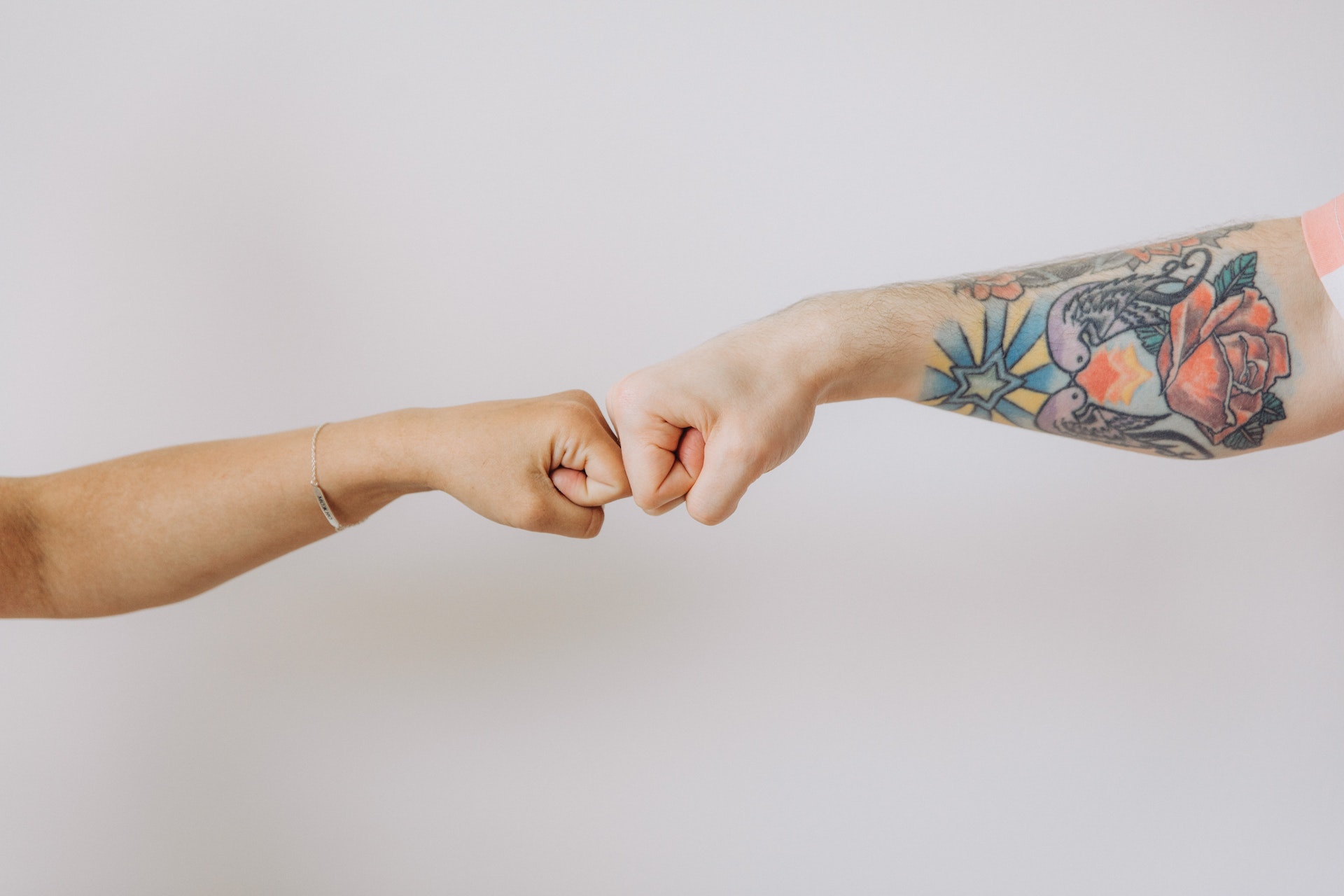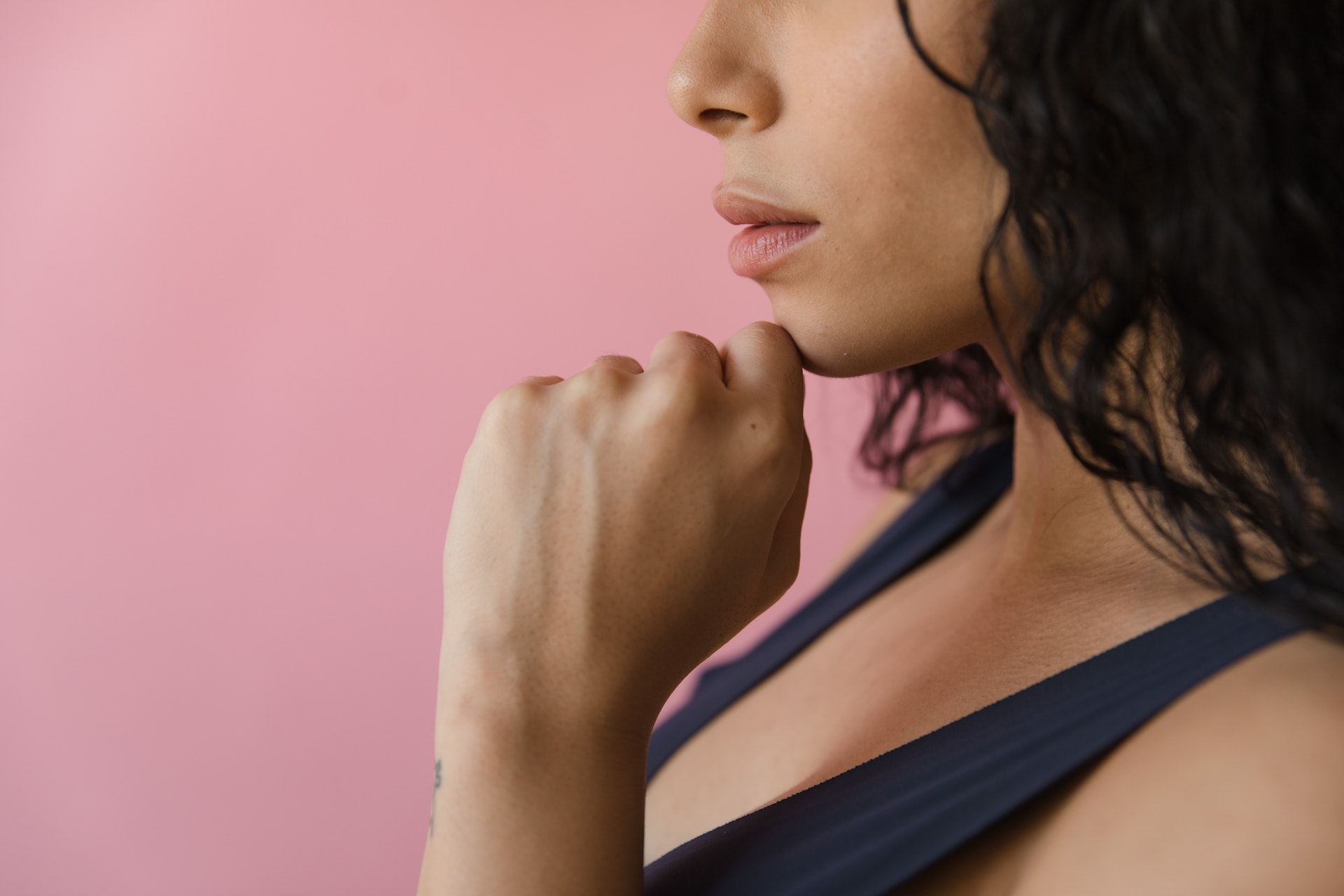
10 Mar The Importance of Body Language in Headshot Photography
When it comes to headshot photography, the importance of body language cannot be overstated. Your body language can communicate a lot about who you are, what you stand for, and the message you want to convey. As a professional photographer, it’s important to understand the role of body language in headshot photography, and how to use it to create powerful and effective images.
What is Body Language?
Body language refers to the nonverbal communication that we use to convey messages. It includes everything from facial expressions and hand gestures to posture and eye contact. Body language can communicate a lot about our emotions, thoughts, and intentions, and can sometimes be more powerful than the words we use.
Why is Body Language Important in Headshot Photography?
As a headshot photographer, your goal is to capture an image that accurately represents your subject and the message they want to convey. Body language plays a crucial role in achieving this goal. When your subject strikes a pose, it’s not just about their physical appearance – it’s also about the impression they give off.
Good body language in headshots can convey confidence, approachability, warmth, and professionalism. Conversely, bad body language can make a subject appear stiff, awkward, or unapproachable. In a study conducted by the University of Southern California, it was found that people who displayed confident body language were perceived as more competent, likable, and influential than those who displayed unconfident body language.
Tips for Using Body Language in Headshot Photography
As a headshot photographer, there are several tips you can use to help your subjects convey the right message with their body language:
- Standing and sitting poses: Encourage your subjects to stand up straight or sit up tall to convey confidence and professionalism. Leaning forward slightly can convey approachability and friendliness.
- Facial expressions: Encourage your subjects to smile naturally, without forcing it. A natural smile can convey warmth and approachability. You can also experiment with different facial expressions to convey different emotions.
- Hand placement: Encourage your subjects to place their hands in a natural position, rather than hanging awkwardly at their sides. Placing hands on hips can convey confidence, while clasping hands in front can convey approachability.
- Conveying confidence: To convey confidence, encourage your subjects to stand up straight, make eye contact with the camera, and avoid crossing their arms or legs.
- Conveying approachability: To convey approachability, encourage your subjects to smile naturally, tilt their head slightly, and use open body language.
- Conveying warmth and friendliness: To convey warmth and friendliness, encourage your subjects to smile naturally, tilt their head slightly, and use open body language.
- Conveying professionalism: To convey professionalism, encourage your subjects to stand up straight, make eye contact with the camera, and use closed body language.
Body Language and the Message We Want to Convey
It’s important to know what message we want to convey with our headshot, and how to use body language to achieve that message. For example, if we want to convey approachability, we might use open body language, smile naturally, and tilt our head slightly. If we want to convey professionalism, we might use closed body language, make eye contact with the camera, and stand up straight.
Importance of Non-Verbal Communication in Business
In today’s business world, non-verbal communication plays an increasingly important role. A good headshot is a critical part of professional branding, and can have a significant impact on business opportunities. In fact, a study conducted by CareerBuilder found that job seekers with a professional headshot on their LinkedIn profile were viewed as more competent and influential than those without.
In addition, body language in headshots can also affect how potential clients perceive you and your business. If your headshot conveys confidence, approachability, and professionalism, clients are more likely to trust and want to do business with you.
Conclusion
In conclusion, body language is a crucial element of headshot photography. As a professional photographer, it’s important to understand the role of body language in conveying the right message and achieving the desired impression for your subject. By using the tips outlined in this article and understanding the importance of non-verbal communication in business, you can help your clients make a positive and lasting impression.
Frequently Asked Questions
Q: Can body language really make that big of a difference in a headshot?
A: Yes! Body language can convey a lot about who we are and the message we want to convey. In fact, a study conducted by the University of Southern California found that confident body language can make a person appear more competent, likable, and influential.
Q: How can I help my subject feel comfortable in front of the camera?
A: Making your subject feel comfortable is key to capturing a great headshot. Encourage them to take deep breaths and relax their shoulders. You can also talk to them and offer positive feedback throughout the session.
Q: What are some common mistakes to avoid in headshot photography?
A: Common mistakes include using harsh lighting, failing to capture the subject’s best angle, and neglecting to pay attention to body language. It’s important to work with your subject to achieve the desired look and feel.
Q: Can I use the same body language tips for group shots?
A: Yes! The same body language tips can be applied to group shots as well. Encourage your subjects to use open body language, smile naturally, and make eye contact with the camera.
Q: How do I choose the best headshot for my professional branding?
A: Choose a headshot that accurately represents you and the message you want to convey. Consider the lighting, background, and your body language. You may want to have several options and get feedback from others before making a final decision.


